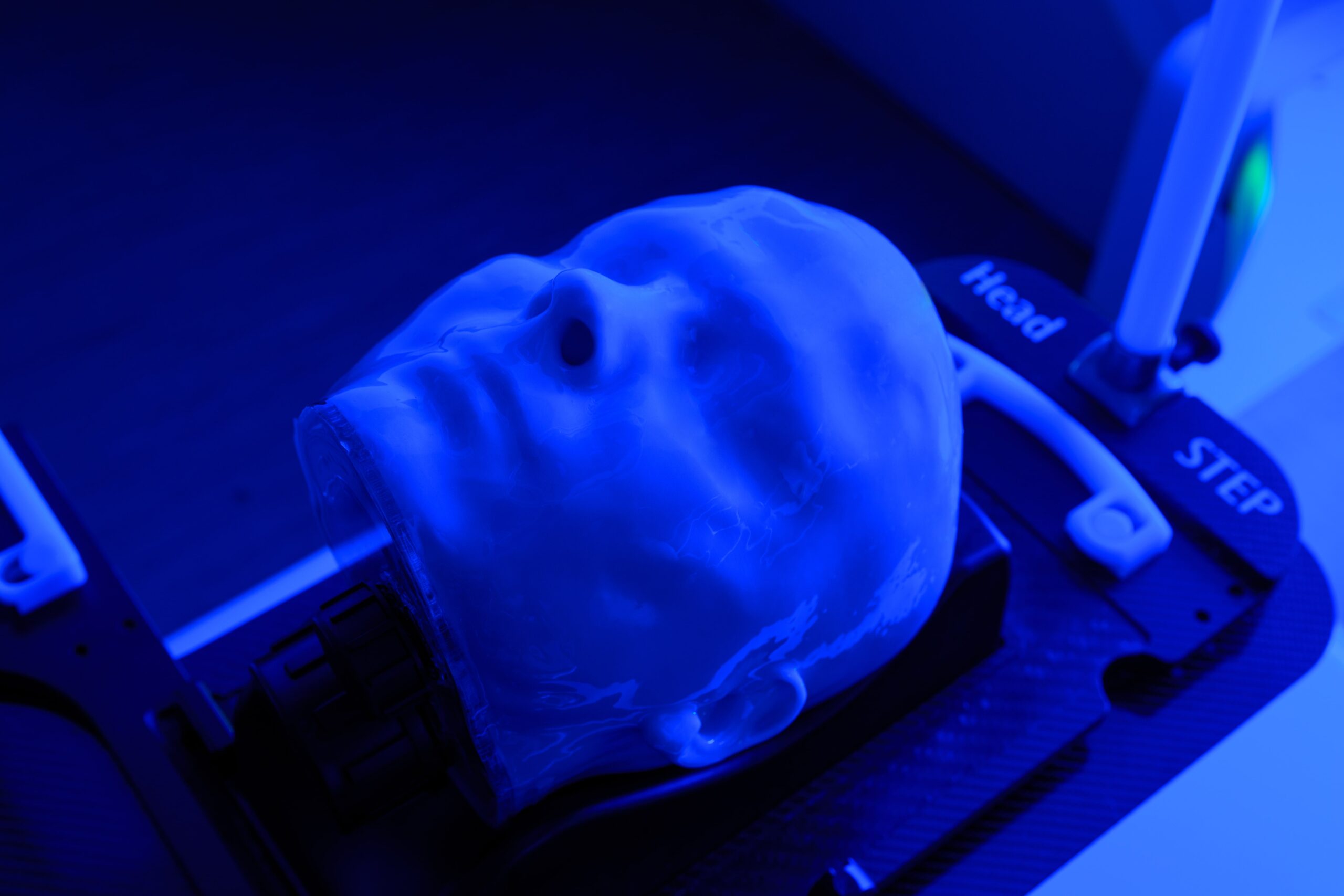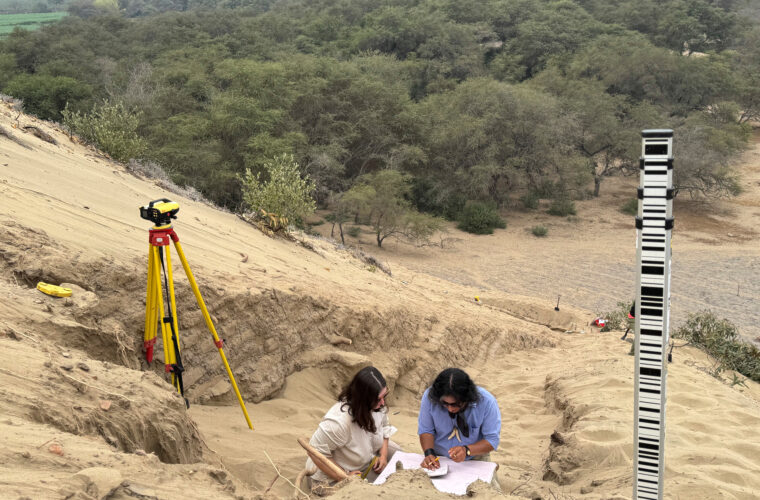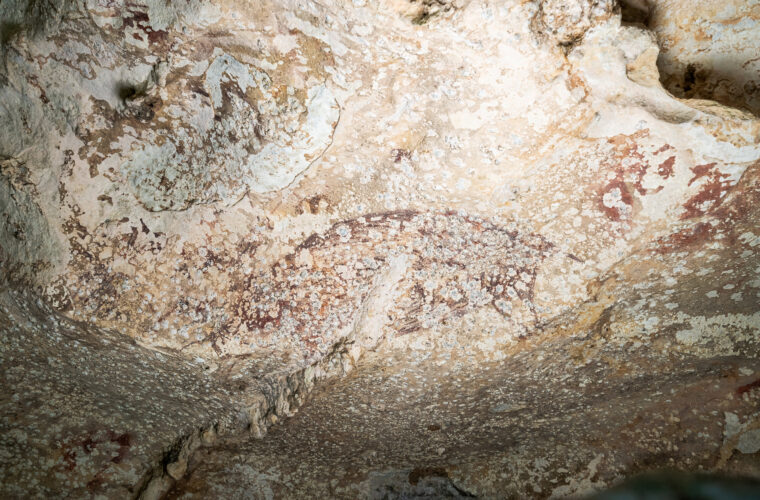RTsafe has been actively involved in the fight against brain cancer, launching an innovative product called the PseudoPatient, a head model for brain cancer patients, aiming to ensure its precision before radiotherapy.
This innovative product was even awarded as one of the USA’s 100 best R&D innovative products. The company was founded in 2014 in Greece, expanded rapidly, and established collaborations with renowned hospitals and academic institutions thanks to the advanced and innovative technologies it uses.
4i-Magazine spoke with Dimitris Makris, Chief Business Officer of RTsafe. He described how the whole project works, what it is the PseudoPatient and how the company plans to expand its innovative products to more countries.
What is RTsafe doing, and how did the idea for creating this company come about?
The aim of radiation therapy (radiotherapy) is to target the affected area and deliver a therapeutic radiation dose to the tumor while minimizing damage to the surrounding healthy tissues. Modern radiotherapy techniques achieve the best possible results by providing a high radiation dose with millimeter precision.
Radiation Therapy is a safe treatment, but treatment uncertainties and risks are an inherent part of every medical procedure.
At RTsafe, our goal is to develop and implement high-end technologies to ensure maximum treatment efficiency combined with maximum patient safety, minimizing the risk of side effects and allowing the patient to return to life activities.
RTsafe’s founders are Medical Physics professors with exceptional research and clinical experience. So, having faced the risks associated with brain radiotherapy, in 2014, they came up with the idea of the first genuinely personalized pre-treatment verification process, the PseudoPatient, which is RTsafe’s major product.
RTsafe was founded in 2014, and a few months later, capital controls were implemented in Greece. How easy were the company’s first steps, and what obstacles were you called to face? Have you encountered difficulties in finding funding for your project?
Actually, the company’s opening day coincided with the starting date of the capital controls. Obviously, the financial environment was not the best possible, but the company managed to overcome it based on the capabilities of its team and the strong will to grow. At the same time, the obstacle of its Greek origin had to be overcome. Greece at that period was not the best brand name to provide globally innovative technology.
However, having won two important innovation competitions (MITEF & EnvolveGR), it gained validity and, at the same time, access to investment funds. So, the first funding round was completed successfully relatively soon despite the hostile economic environment.

You have launched PseudoPatient. What is the PseudoPatient solution, and in which cancer cases does it apply?
PseudoPatient® is an anatomically accurate replica of the patient, designed and created to ensure that the planned outcome is consistently achieved for brain cancer cases treated with Radiotherapy and/or Radiosurgery. It is a patented medical device, certified and cleared by notified bodies in the United States (Class II Medical Device, FDA 510k cleared) and the European Union (Custom Made ISO 13485 Certified Medical Device).
PseudoPatient® assists in accurately verifying the dose of radiation delivered to the tumor and sensitive surrounding tissues. The treatment is applied prior to a patient, to the PseudoPatient®. If all the procedural elements are verified and the results are confirmed, only then the expert proceeds with the treatment of the patient. This is the only radiotherapy treatment verification solution that considers the exact anatomical features and peculiarities of each patient.
For the first time, medical teams can accurately simulate full cycles of the most advanced treatment and challenging procedures, refine the treatment plan as needed and provide the patient the maximum efficient therapy and safety.
3D printing technology is also used in your services. Can you describe to us exactly how it is implemented and what are the challenges you face?
3D printing technology helps us retain all anatomical details of the patient accurately -as these are depicted in his/her CT images- to an identical phantom consisting of bone equivalent materials. Moreover, it provides us the ability to produce our products efficiently and quickly.
You have certified collaborators in many countries, and you can distribute your services directly to patients.
Are you planning to expand this network to even more countries, and if so to which ones?
RTsafe’s products are now distributed in more than 25 countries globally, and we are currently working on expanding in Africa, the Middle East, and Australia. We are also planning to increase our sales in the US market further.



What feedback do you receive from patients using your technology?
Patients usually express the peace of mind that they feel since the whole treatment is prior tested on a replica of their brain, ensuring that the therapy will safely be implemented for them.
Moreover, the doctors gain more confidence through the unique way of testing the entire planning and treatment process to ensure accurate dose delivery to the target volume, preventing from damaging any healthy tissue, especially in highly complicated cases such as Trigeminal or Acoustic Neuromas.
You are mainly an exporting company. Do Greek patients benefit from your services, or do you mainly cooperate with health structures abroad?
Although RTsafe is by 95% an exporting company, Greece was always a top priority to us. The Greek National Health system now reimburses pseudoPatient service, so Greek patients now have easy access to it. We are also closely working with other organizations in Europe and the US, so we expect that this service will soon be reimbursed in other countries.
The innovative RTsafe PseudoPatient phantom product was recently awarded as one of the USA’s 100 best R&D innovative products. Are you planning to launch more innovative products soon?
We are mainly a team of scientists, so we continue our scientific research, seeking more solutions. PseudoPatient is currently focusing on brain treatments. However, our R&D team is also working on expanding it in other body areas.



